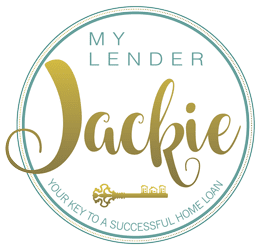Do you remember the first time you thought about purchasing a home? You most likely had the best and most aesthetically pleasing home in your mind’s eye. All of these fun imaginative ideas can come true but you probably weren’t thinking about a mortgage, let alone your mortgage options. One of the most widely known home loan types is a conventional loan. What is a conventional loan? How does it favor the other loan options? Let’s take a look at all there is to know about conventional loans.
What Is a Conventional Loan?
A conventional loan is a mortgage home loan that is not insured or guaranteed by the government. It is backed by private lenders and the insurance is paid by the borrowers.
Conventional home loans are common and more so than government backer financing. They can offer buyers more flexibility, but they can be a greater risk because they are not insured by the federal government. These loans can be harder for you to qualify for but that is protection in itself.
What Is the Difference Between Conventional and Government-Backed Loans?
Government-backed loans are the VA loans or the FHS loans. These are backed by the Veterans Administration and the Federal Housing Administration. Both of these have a mortgage insurance premium. A conventional loan means that the lender is at risk if you default. If you do not make payments then the lender will try to get as much of the balance as they can and they will do this by selling your house in a short sale or foreclosure. This is a risk for them so if you down payment is less than 20% you will pay a PMI.
There are TWO types of Conventional Loans!
Conforming Conventional Loan
For a conforming conventional loan, the loan will have to meet guidelines set by Fannie Mae and Freddie Mac. The biggest requirement is the loan limit. This is the baseline or the maximum credit limit. This is determined by the area you are purchasing in. You need to check with your lender for specific details on this.
Nonconforming Conventional Loan
A non-conforming conventional loan is a loan that neither Fannie Mae or Freddie Mac will purchase. This loan does not meet the loan limit requirement. These are funded by lenders or private institutions.
How Do You Qualify for a Conventional Loan?
You need to sit down with a lender to qualify for a conventional loan and get started with your home-buying process. The lender will ask you for all kinds of documentation and financial information to make sure you are in a steady place to make your monthly mortgage payments.
For a conventional loan, you will need the right down payment to qualify. You can put as little as 3% down but it is always recommended to put more down so that you can avoid paying a PMI.
If you are looking to start your home-buying process and you think you are on track financially, we would love to help you get started. Contact us for all of your home mortgage questions.
More information on conventional loans
- Tips for Non-QM Mortgage Approval – When Conventional Just Won’t Do
- Is Refinancing from an FHA Loan to a Conventional Loan a Good Idea?
- How To Choose Your Mortgage Lender
- What to Know About Getting a Home Loan in California
- Pros and Cons of an FHA Loan
- 10 Types of Borrowers Categorized as Self-Employed

